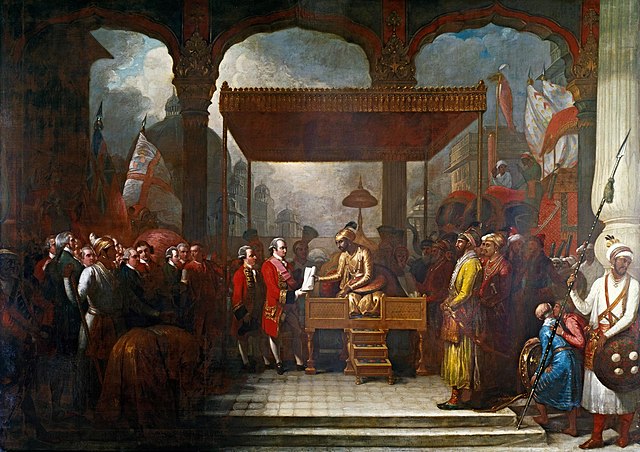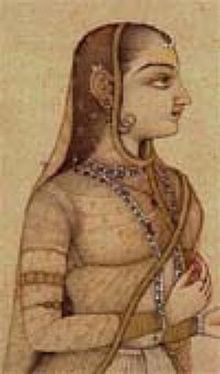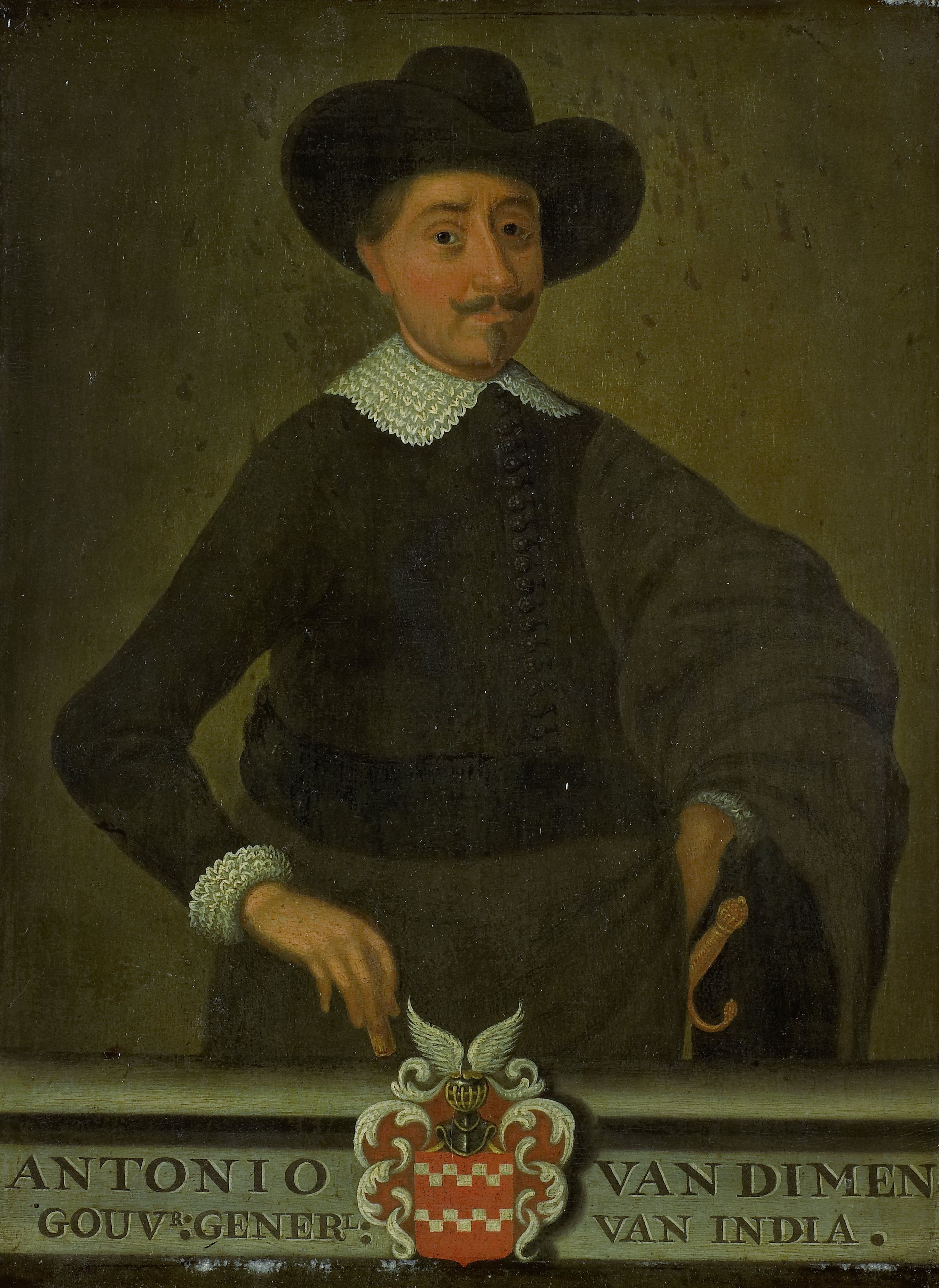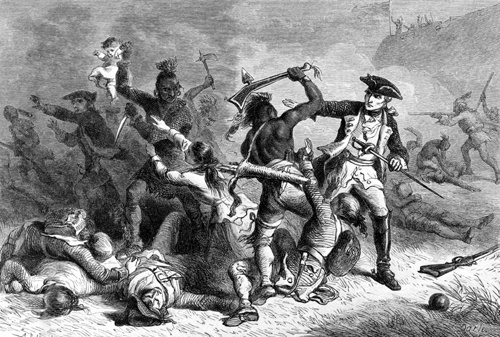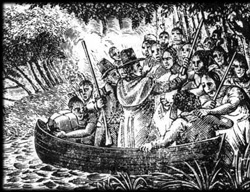- Location
- Fresh out of Purgatory!
- Pronouns
- She, her
Jacobite Uprising of 1702 (Trial of James Stuart - 1709)
...following his capture in Ireland, the Pretender would be brought to London to stand trial for his acts. A Court of Justice would be created by a vote of the House of Commons, with the tacit support of the House of Lords. On May 16, 1709, James Stuart stood trial beneath the hammer beams of Westminster Hall where his grandfather too had once stood trial on similar charges. When presented with a chance to speak, James would, again like his grandfather, refuse to enter a plea. Instead the Pretender, in a fit of rage, would give the names of numerous individuals he had previously been in correspondence with. The outburst would shock the Court, few had expected such an act to occur. Such notables of the list would include the Viscount Bolingbroke, Sir William Wyndham, the Earl of Derwentwater, and an impressive list of others. Many of the names given would be of prominent Tories, this act would essentially cement the end of any legitimate Tory opposition to the Whigs.
After the Pretenders remarks, as was the standard legal practice in the case of an individual who refused to plead, the court would proceed as if James Stuart had pled guilty. But witnesses would still be heard by the judges for "the further and clearer satisfaction of their own judgement and consciences". Unlike his grandfather's trial James Stuart would be present to hear the evidence presented against him, but would have no opportunity to challenge their accounts. With their evidence it would be shown that the Pretender had made war on his people, had raised troops against Parliament and the rightful Sovereign, and had been a 'traitor, murderer, and public enemy to the good people of the nation'. He would therefore be sentenced to death.
On May 26, 1709, after saying a short prayer, James Stuart would be beheaded with a single stroke. The head would be exhibited, but later sewn back onto the Pretenders body for burial. Following his death Jacobitism would, for all intends and purposes, die with him both within Great Britain and Ireland. Additionally with the Pretenders List in hand the Whigs would continue their purge of Tories whom they now rightful so could call traitors. Mixed ministries would be out of the question, and the Tory party of the period would be ruined. The government, not wishing to face an election in such troubled times, passed the Septennial Act in 1710, which would extend the life of the existing Parliament and subsequent ones from three to seven years...
The Trial of James Stuart


...following his capture in Ireland, the Pretender would be brought to London to stand trial for his acts. A Court of Justice would be created by a vote of the House of Commons, with the tacit support of the House of Lords. On May 16, 1709, James Stuart stood trial beneath the hammer beams of Westminster Hall where his grandfather too had once stood trial on similar charges. When presented with a chance to speak, James would, again like his grandfather, refuse to enter a plea. Instead the Pretender, in a fit of rage, would give the names of numerous individuals he had previously been in correspondence with. The outburst would shock the Court, few had expected such an act to occur. Such notables of the list would include the Viscount Bolingbroke, Sir William Wyndham, the Earl of Derwentwater, and an impressive list of others. Many of the names given would be of prominent Tories, this act would essentially cement the end of any legitimate Tory opposition to the Whigs.
After the Pretenders remarks, as was the standard legal practice in the case of an individual who refused to plead, the court would proceed as if James Stuart had pled guilty. But witnesses would still be heard by the judges for "the further and clearer satisfaction of their own judgement and consciences". Unlike his grandfather's trial James Stuart would be present to hear the evidence presented against him, but would have no opportunity to challenge their accounts. With their evidence it would be shown that the Pretender had made war on his people, had raised troops against Parliament and the rightful Sovereign, and had been a 'traitor, murderer, and public enemy to the good people of the nation'. He would therefore be sentenced to death.
On May 26, 1709, after saying a short prayer, James Stuart would be beheaded with a single stroke. The head would be exhibited, but later sewn back onto the Pretenders body for burial. Following his death Jacobitism would, for all intends and purposes, die with him both within Great Britain and Ireland. Additionally with the Pretenders List in hand the Whigs would continue their purge of Tories whom they now rightful so could call traitors. Mixed ministries would be out of the question, and the Tory party of the period would be ruined. The government, not wishing to face an election in such troubled times, passed the Septennial Act in 1710, which would extend the life of the existing Parliament and subsequent ones from three to seven years...


